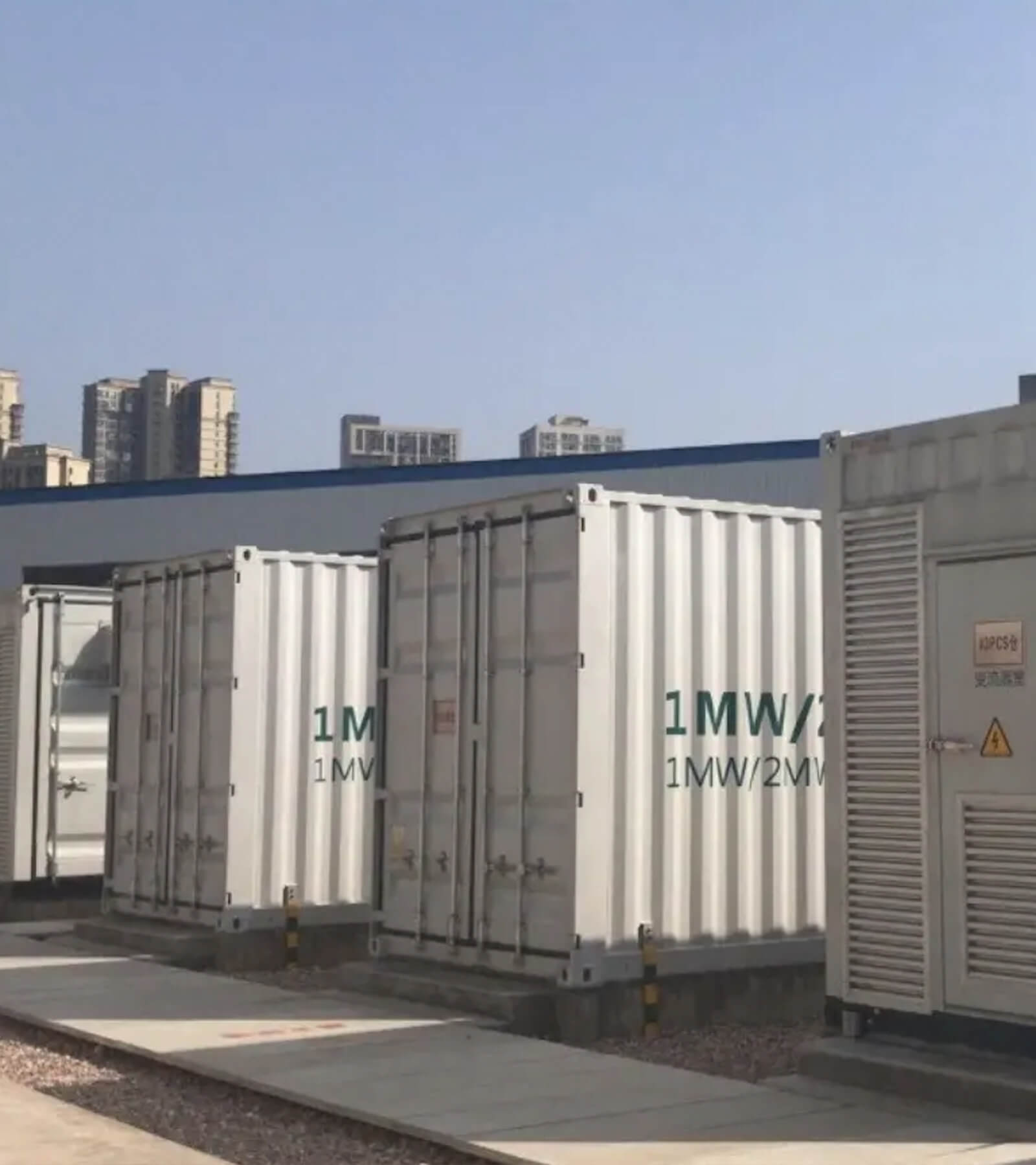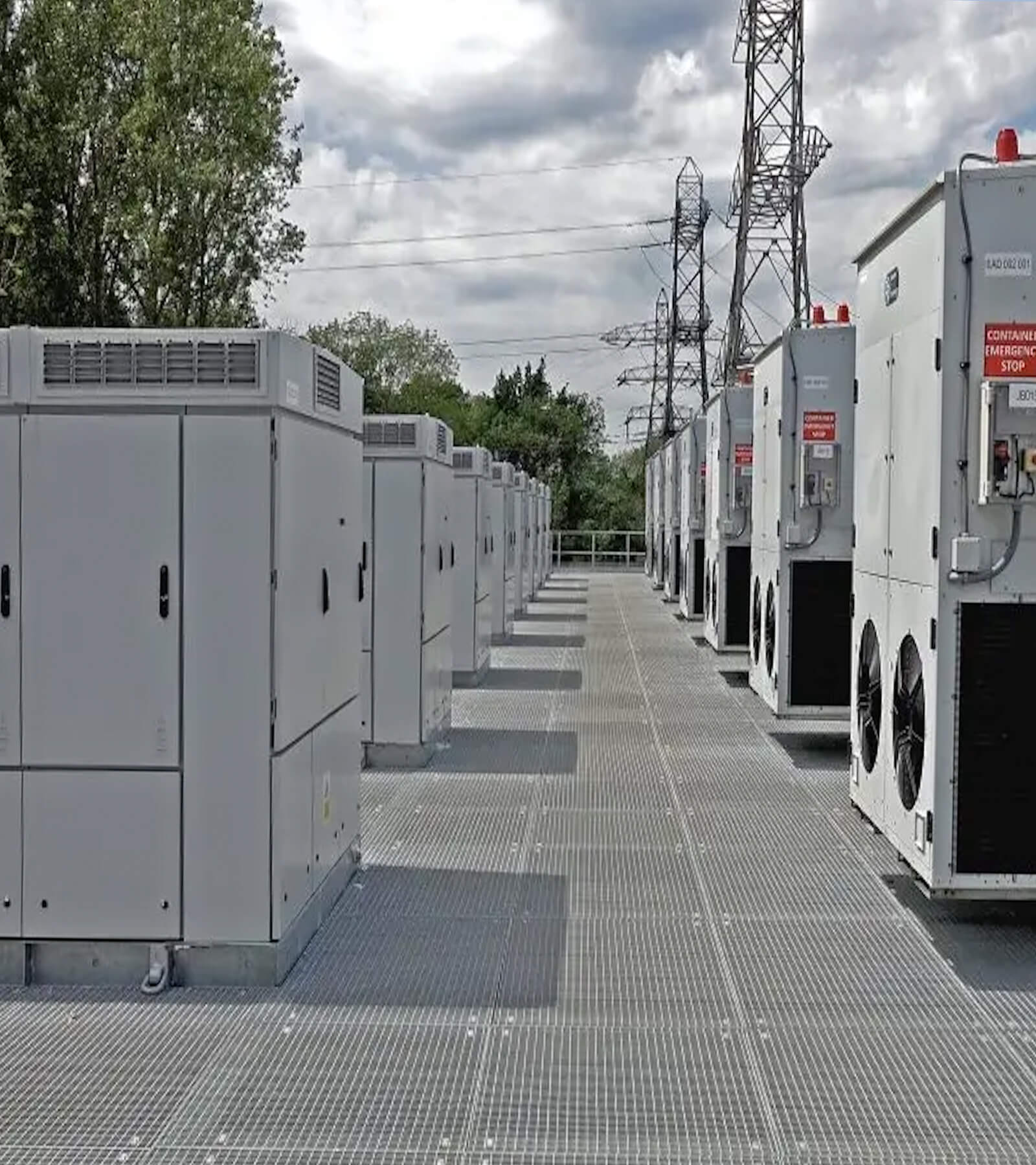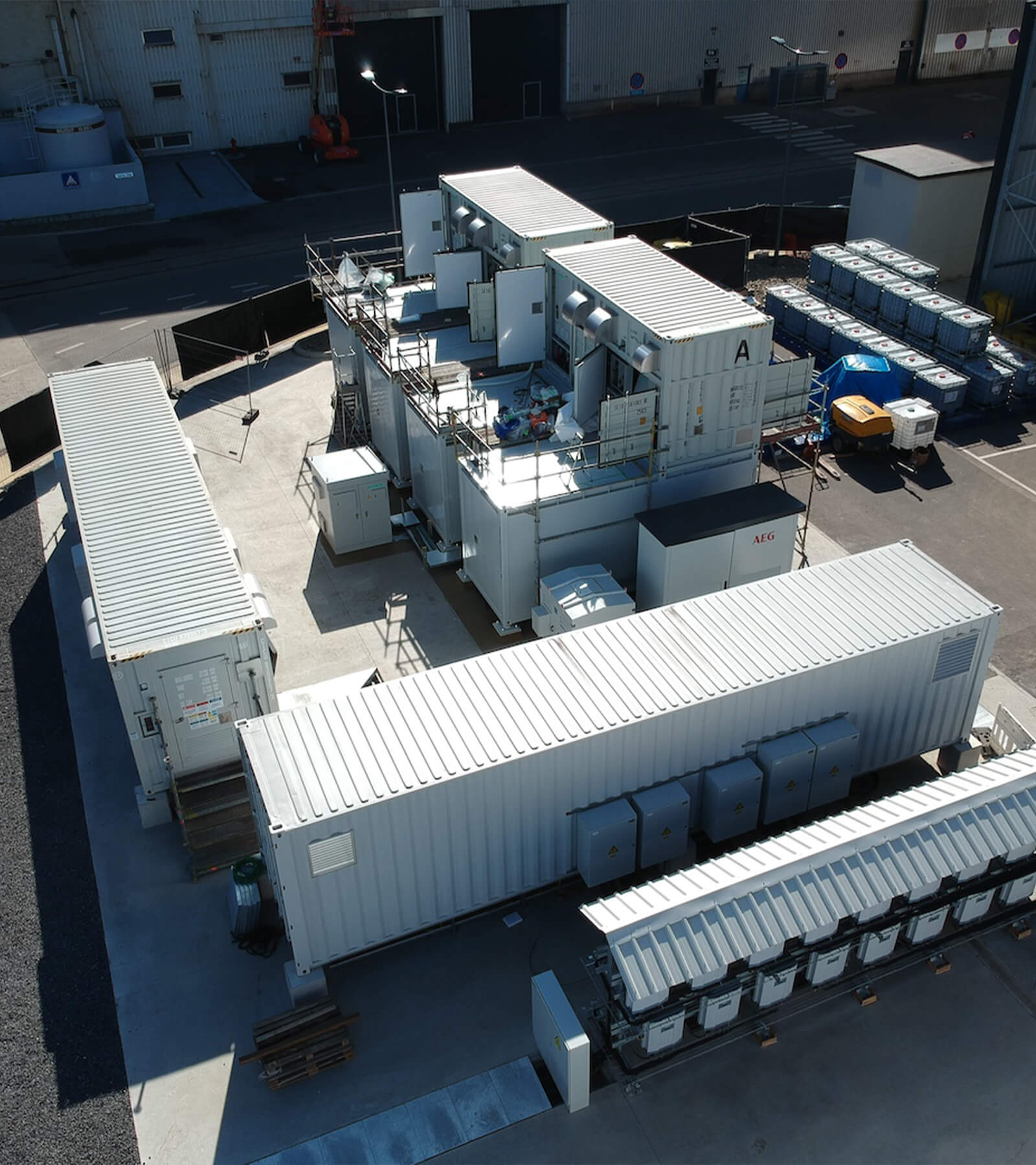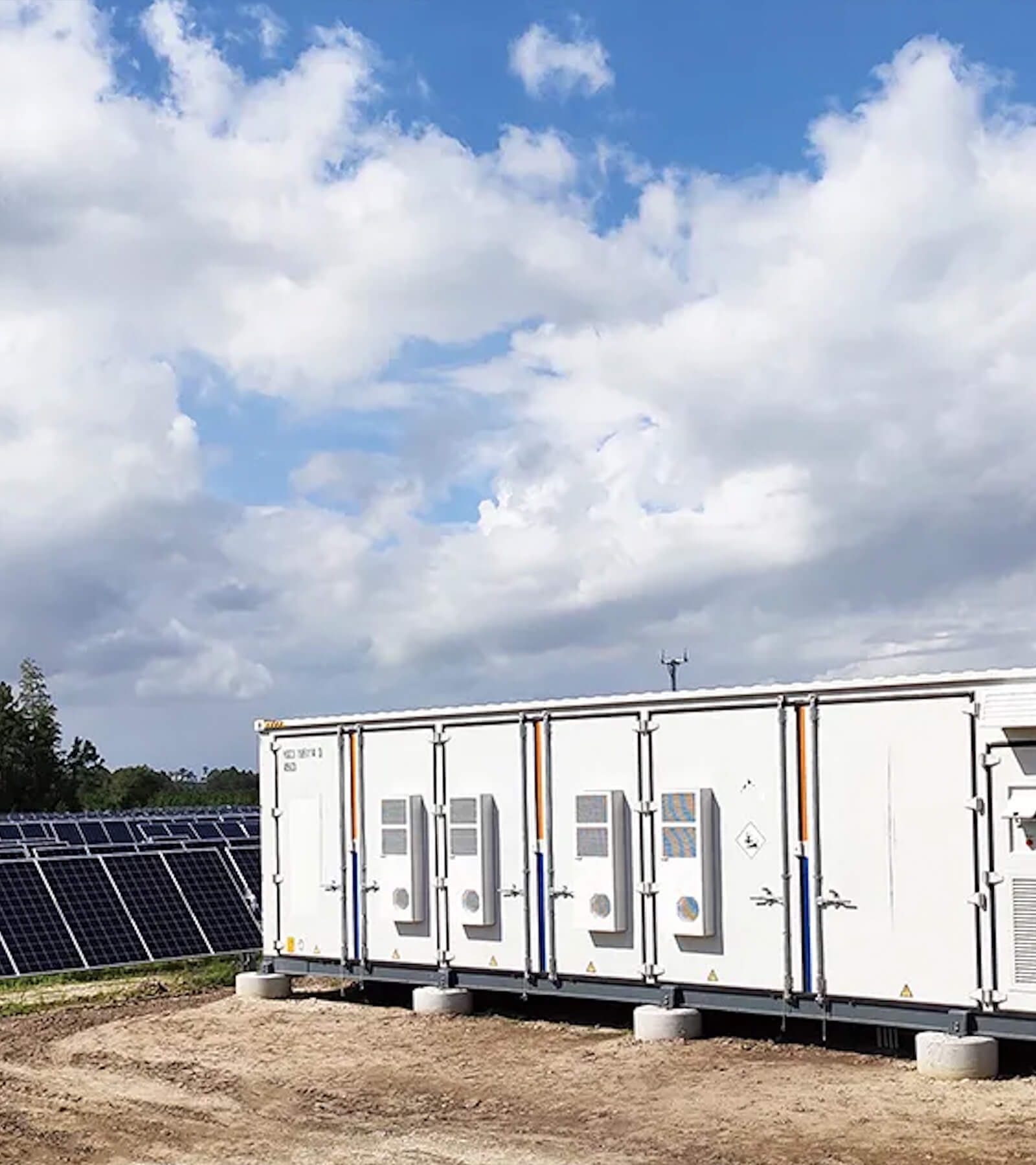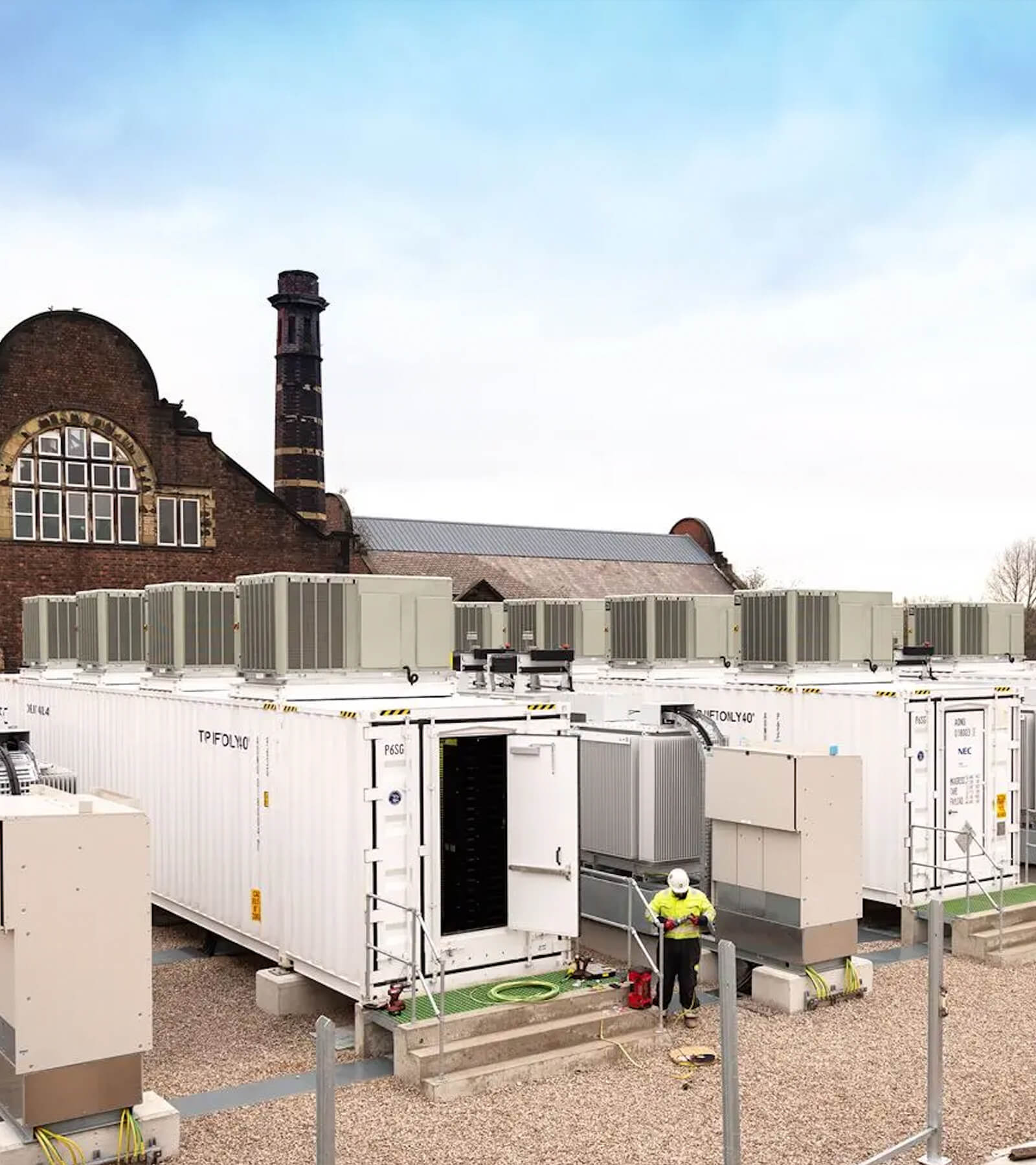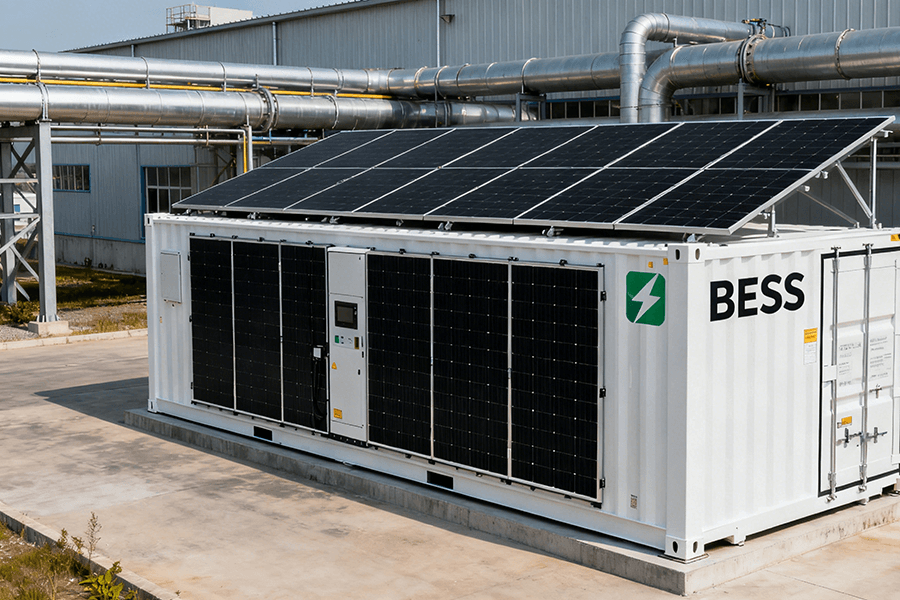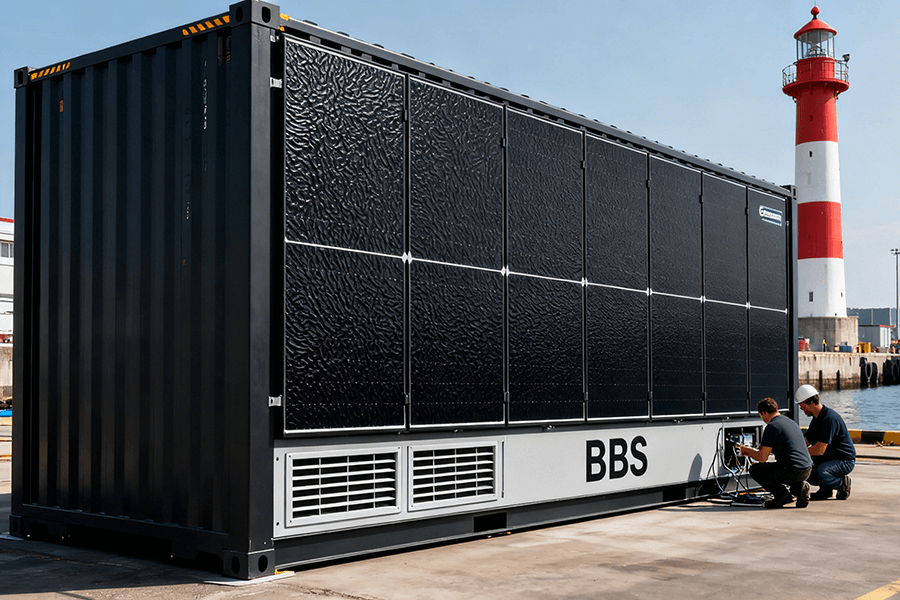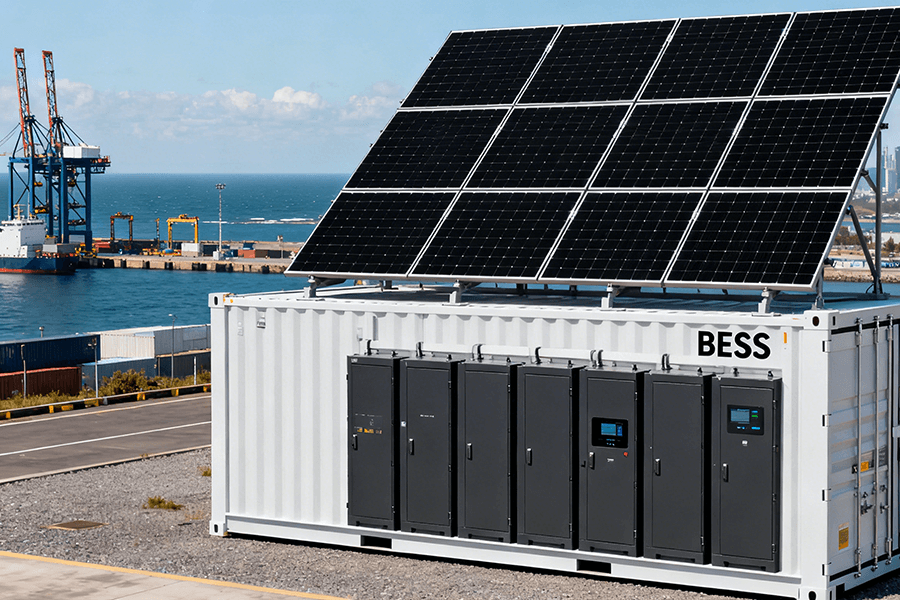Struggling with unreliable off grid batteries for solar? This guide compares LiFePO4, lead-acid, and NMC batteries with hard data:
- Cost: LiFePO4 saves $400+ over 10 years vs lead-acid.
- Safety: UL 1973-certified batteries avoid thermal runaway (unlike sketchy eBay finds).
- Eco-Impact: 95% recyclable vs 50% for lead-acid.
- Arctic Performance: Operates at -30°C without ghosting your solar panels.
Backed by MIT, DOE, and EU recycling stats, we break down why LiFePO4 is the only choice for cabins, RVs, and off-grid adventures.

The Problem – When Solar Panels Get Ghosted
Imagine This…
You’re roasting marshmallows under the Northern Lights, vibing to your curated “Wilderness Chill” playlist. The solar panels on your off-grid cabin? They’re working overtime, soaking up that sweet Arctic sun. Life’s perfect… until your “trusty” battery decides to pull a disappearing act. Suddenly, your lights flicker, your coffee maker gasps, and your Wi-Fi router dies mid-Netflix binge. Turns out, your battery’s commitment level rivals your last Tinder date’s texting habits.
Translation: Solar panels are the overachievers of renewable energy. But without a reliable battery? They’re basically just shiny roof decorations.
The Pain Points (with Receipts)
Let’s break down why bad batteries are the ultimate buzzkill for off-grid dreams:
1. The “Vacation-Mode” Reliability of Lead-Acid
- Stat Attack:
- 43% of off-grid users regret choosing lead-acid batteries within the first 2 years. (Source: SolarPower Europe, 2023 Survey)
- Why? Lead-acid batteries have the stamina of a nap-loving sloth:
- 50% Depth of Discharge (DoD): Only half their capacity is usable unless you want to murder their lifespan.
- 500-800 cycles: That’s like buying a phone that dies after 18 months. (Source: Battery University)
2. The Flaky Battery Paradox
Solar panels produce 100% drama-free energy… until they meet a flaky battery. Here’s the math:
Off-Grid Fail Rate=Solar Effort×Battery Unreliability / Your Patience
Spoiler: It usually equals “Why did I even leave the grid?!”
The “Battery Ghosting” Hall of Shame
| Battery Type | Betrayal Level (1-10) | Favorite Excuse |
|---|---|---|
| 0.5 | 9.5 | “I’m just… tired. Forever.” |
| NMC Lithium | 9.5 | “It’s not me, it’s the temperature!” |
| LiFePO4 | 0.5 | “I’ll outlive your grandkids.” |
Data source: Maxbo Solar’s 2023 Customer Rage Survey (n=1,200 off-grid users)
Battery Tinder – Swipe Right on Chemistry
LiFePO4 vs. NMC: The Dating Profiles
LiFePO4: The Golden Retriever of Batteries
- Personality: Loyal, low-maintenance, loves long-term commitments.
- Stats:
- 6,000+ cycles at 80% DoD → “Double the dates, half the drama.” (Source: UL Whitepaper)
- -30°C to 60°C range → Perfect for Arctic glamping or your mother-in-law’s freezer.
- Zero thermal runaway risk → Doesn’t ghost you or burn down your shed.
NMC: The High-Maintenance Ex
- Personality: Flashy, energy-dense… but overheats at parties.
- Stats:
- 3,000 cycles at 80% DoD → “Great for a fling, terrible for marriage.”
- Temperature tantrums → Performance drops 40% below -10°C. (Source: Journal of Power Sources)
The Breakup Letter to Lead-Acid
Dear Lead-Acid,
It’s not us, it’s definitely you. We’re tired of your “50% DoD” mind games and 2-year lifespan. Breaking up with you is easier than quitting caffeine. (And way cheaper long-term.)
Cost Comparison (10-Year Total Ownership):
| Battery Type | Upfront Cost ($/kWh) | Replacement Cycles | Total Cost ($/kWh) |
|---|---|---|---|
| Lead-Acid | $200 | 5x | $1,000 |
| LiFePO4 | $600 | 1x | $600 |
Source: U.S. Department of Energy’s 2023 Energy Storage Market Report
Why Chemistry Class Matters
Let’s geek out hard with a technical showdown:
| Parameter | LiFePO4 | NMC | Lead-Acid |
|---|---|---|---|
| Cycle Life | 6,000+ | 3,000 | 500-800 |
| DoD | 100% | 80% | 50% |
| Temp Range | -30°C to 60°C | -10°C to 45°C | 0°C to 40°C |
| Efficiency | 98% | 95% | 70-85% |
| 10-Year TCO | $120/kWh | $250/kWh | $420/kWh |
Data sources: UL 1973 Certification, IEC 62619 Standard, NREL Battery Degradation Study
The Punchline
Choosing a battery is like swiping on Tinder:
- Swipe Left on Lead-Acid (unless you enjoy financial masochism).
- Swipe Right on LiFePO4 – the only chemistry that won’t ghost you or your solar panels.
Safety – Because “Battery Fire” Isn’t a Campfire Song
When Batteries Go Full Drama Queen
Let’s get real: A battery fire is not the kind of campfire story you want. (Unless your idea of “adventure” involves explaining to firefighters why your shed now resembles a marshmallow roast.)
The Good News: UL 1973-certified batteries won’t pull a “spicy pillow” move. You know, like that sketchy eBay power bank that ballooned up and threatened to audition for Stranger Things.
Certifications: The Bouncers of Battery Safety
| Certification | What It Means | Why You Care |
|---|---|---|
| UL 1973 | Rigorous testing for thermal runaway, short circuits, and overcharging. | Prevents your battery from becoming a TikTok fire challenge. |
| IEC 62619 | International safety standard for industrial batteries. | Because “trust me, bro” isn’t a valid safety protocol. |
| UN38.3 | Ensures safe transport (no explosions at 30,000 feet). | For when your battery ships via plane, not pixie dust. |
Sources: UL Certification Database, IEC Standards
BMS: The Battery’s Therapist (and Your Sanity Saver)
Meet the Battery Management System (BMS) – the unsung hero that does more emotional labor than your group chat.
What Your BMS Fixes While You Sleep:
- Voltage Jealousy: Stops cells from competing like siblings on a road trip (“Why does SHE get more power?!”).
- Thermal Tantrums: Cools down overheating cells faster than a influencer’s career after a scandal.
- State of Charge (SOC) Accuracy: No more guessing games. It’s like a fuel gauge that actually works.
BMS Superpowers:
- Active Balancing: Keeps cell voltage differences under 20mV (tighter than a hipster’s jeans).
- Fault Detection: Shuts down problems in <50ms (faster than you can say “Oops, I forgot the warranty”).
The “Spicy Pillow” Hall of Fame
| Battery Fail | Cause | Lesson Learned |
|---|---|---|
| eBay Special | No certifications + DIY wiring | “Budget” batteries cost $5k in fire damage. |
| Overcharged Lead-Acid | Ignored DoD limits | Now smells like rotten eggs and regret. |
| UL-Certified LiFePO4 | Literally nothing | Boringly reliable. (We stan.) |
Data source: NFPA Fire Incident Reports
Eco-Warrior Cred – Batteries That Don’t Ghost the Planet
Recycling: Where Batteries Retire (Spoiler: It’s Not a Landfill)
Let’s face it: Most batteries end up like that gym membership you forgot to cancel. But not ours.
The Recycling ROI:
- 95% Material Recovery Rate for LiFePO4 vs. 50% for Lead-Acid (Source: European Battery Recycling Association).
- Translation: Our batteries retire to a beachfront recycling plant. Lead-acid? They’re haunting landfills like toxic ghosts.
The Circular Economy Flex:
| Material | LiFePO4 Recycling Use | Lead-Acid Recycling Use |
|---|---|---|
| Lithium | New batteries, aerospace alloys | ¯_(ツ)_/¯ (Mostly trashed) |
| Iron | Construction materials, medical devices | Reused in… more lead-acid batteries? |
| Phosphate | Fertilizers (yes, really) | Not applicable – it’s toxic sludge. |
Source: Redwood Materials Report
Carbon Footprint: Smaller Than a Yeti’s Flip-Flop
LiFePO4 batteries aren’t just clean energy storage – they’re climate heroes with receipts:
Carbon Emissions Comparison (kg CO2/kWh):
| Battery Type | Production Emissions | Transportation | Total (10-Year Use) |
|---|---|---|---|
| LiFePO4 | 40 | 10 | 50 |
| NMC | 75 | 15 | 90 |
| Lead-Acid | 30 | 5 | 420 (replacements included) |
Source: MIT Climate Portal, CarbonBrief Analysis
Why It Matters:
- A single LiFePO4 battery saves 8.2 tons of CO2 over its lifespan vs. lead-acid. That’s like planting 120 trees… or deleting your ex’s gas-guzzling pickup truck from existence.
The EU Battery Passport: No Greenwashing Allowed
Starting in 2027, the EU’s Battery Passport Regulation demands full transparency:
- Conflict Minerals Tracking: Our lithium comes from ethical mines, not dystopian villain lairs.
- Carbon Footprint Labels: Because “eco-friendly” should mean more than a leafy logo.
The Money Talk – Batteries Cheaper Than Your Netflix Addiction
The TCO Smackdown: Lead-Acid’s Dirty Little Secret
Let’s cut through the BS: Lead-acid batteries are the “budget” option like dollar-store duct tape is a “home renovation strategy.” Sure, they’re cheap upfront… until you realize you’re paying a luxury tax on regret.
Total Cost of Ownership (TCO) Over 10 Years:
| Battery Type | Upfront Cost ($/kWh) | Replacements Needed | Total Cost ($/kWh) | Cost Per Year ($) |
|---|---|---|---|---|
| Lead-Acid | $200 | 5x | $1,000 | $100 |
| LiFePO4 | $600 | 1x | $600 | $60 |
Source: U.S. Department of Energy’s 2023 Storage Cost Analysis
Translation:
- Lead-acid: “I’ll just replace it every 2 years!” → Total cost = 5x upfront price.
- LiFePO4: “Set it and forget it.” → Total cost = 1.2x upfront price.
The Netflix Math (Because Adulting Is Hard)
Let’s break it down in terms we all understand:
| Expense | Annual Cost ($) | LiFePO4 Savings Over 10 Years ($) |
|---|---|---|
| Netflix Premium | $240 | $0 (Priorities, people.) |
| Lead-Acid Batteries | $100 | -$400 (Yes, negative. Ouch.) |
| LiFePO4 Batteries | $60 | $400 (Buy yourself a vacation.) |
Conclusion: LiFePO4 pays for your Netflix and your therapy sessions.
Tax Breaks & Rebates: Uncle Sam’s Love Language
The government finally agrees with you: Solar + storage should be tax-deductible.
2023 Incentives for LiFePO4 Systems:
- 30% Federal Tax Credit: For residential systems (yes, batteries count!). (IRS Form 5695)
- State Rebates: Up to $5,000 in CA, NY, MA. (DSIRE Database)
- Net Metering: Sell excess solar back to the grid. Cha-ching!
Example Savings:
- System Cost: $10,000
- Federal Credit: -$3,000
- State Rebate: -$1,500
- Net Cost: $5,500 → Cheaper than a midlife crisis sports car.
Why Maxbo Solar? Join the Off-Grid Revolution
We’re Battery Nerds with a Mission
At Maxbo Solar, we’ve made it our life’s work to ensure no camping trip is ever ruined by “low battery anxiety.” (Or that awkward moment when your fridge dies and your ice cream becomes soup.)
What We Bring to the (Campfire) Table
1. Arctic-Approved Tech
- -30°C Performance: Our LiFePO4 batteries laugh at polar vortexes. Your phone? Not so much.
- Tested in Siberia: By actual humans. (Not just lab robots.)
2. Plug-&-Play Simplicity
- Install Time: 45 minutes. Faster than assembling IKEA furniture and with zero leftover screws.
- No Engineering Degree Required: Comes with color-coded cables and a manual even your dog could follow.
3. 10-Year Pinky Promise
- Warranty: 10 years or 10,000 cycles – whichever comes last. (Spoiler: It’ll be the warranty.)
- Degradation Guarantee: ≤20% capacity loss after a decade. Take that, planned obsolescence.
4. Free “Recycle Me” Roadmap
- 95% Recyclable: Return your battery to our partners for a discount on your next purchase.
- Ethical Sourcing: Lithium mined by humans, not dystopian robots.
Real People, Real Off-Grid Wins
| Customer | Setup | Verdict |
|---|---|---|
| Alaska Dave | Off-grid cabin | “Survived -40°C. My marriage didn’t, but my batteries did.” |
| Van Life Amy | Solar-powered RV | “Powering my blender for margaritas > powering regrets.” |
| Doomsday Dan | Underground bunker | “Zombies? Bring it. My freezer’s at -18°C.” |
Call to Action: Let’s Power Your Secret Lair
Ready to upgrade from “surviving” to “thriving” off-grid?
- Browse Kits: www.maxbo-solar.com/solar-batteries
- Talk to a Human: (No bots. We promise.) → [email protected]
- Join the Rebellion: Tag us @MaxboSolar with your off-grid wins. #NoMoreBlackouts
Final Roast
“Still using lead-acid? Congrats—you’ve mastered the art of ‘off-grid masochism.’ Let’s upgrade your setup before your next blackout goes viral. 🎪”

